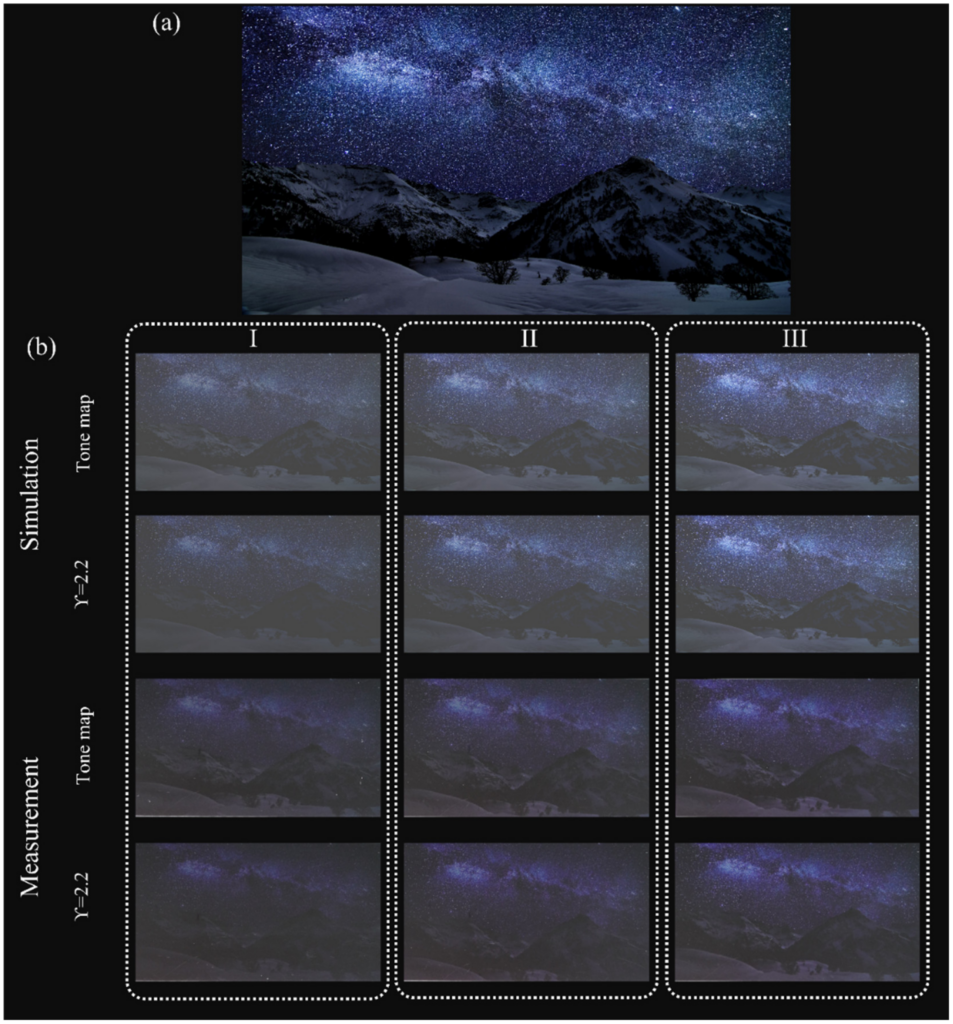In the quest to enhance display readability in bright sunlight, a significant challenge has been maintaining image clarity without compromising other essential aspects such as power consumption and device longevity. Traditional methods have often fallen short, leading to washed-out images that are difficult to see under high ambient light conditions. Researchers at the University of Central Florida and the National Cheng-Kung University in Taiwan have proposed their own novel solution by implementing a dynamic tone mapping method tailored to fit the human eye’s response to different lighting environments.

The authors introduce a technique that adjusts the display’s gamma value based on ambient light intensity. This adjustment enhances the visibility of low grayscale images, which are particularly prone to being washed out in bright conditions. By fitting the gamma curve to the human eye’s function, the method dynamically optimizes the display’s readability without significantly increasing power consumption or sacrificing image quality.
To support their approach, the researchers developed a MiniLED backlit LCD model, which they optimized for image quality under varying lighting conditions. This model ensured consistent backlight uniformity, crucial for maintaining high-quality images. The simulations and optimizations performed with this model demonstrated significant improvements in readability, especially for low grayscale content, which became much clearer and more distinguishable under bright light after applying the tone mapping adjustments.
Tandem OLEDs offer high peak brightness and excellent color performance but have a shorter lifespan when maintaining high brightness levels. MicroLEDs, although promising with their ability to control brightness precisely and avoid burn-in, face challenges with non-uniformity and high fabrication costs. The researchers make the case that MiniLED backlit LCDs offer a balanced solution with high brightness, excellent reliability at elevated temperatures, and lower costs. They achieve better uniformity and durability, making them ideal for applications requiring high sunlight readability and long-term performance.
Experimental validation was carried out using a commercial display panel, measuring image quality under different ambient light intensities. These experiments confirmed the effectiveness of the tone mapping method. For example, in bright light conditions, details in low grayscale areas, such as snow-covered mountains, were more visible after applying the tone mapping technique.
The research addressed potential issues such as the clipping effect and color shift. By optimizing the gamma value dynamically, the tone mapping method reduced these issues, ensuring that images remained clear and color-accurate even in intense sunlight. The mini-LED backlit model, with an optimal FWHM/pitch ratio of 1.2, provided high backlight uniformity, balancing uniformity with light efficiency.
Reference
Qian Y, Chen S-C, Hsiang E-L, Akimoto H, Lin C-L, Wu S-T. Enhancing a Display’s Sunlight Readability with Tone Mapping. Photonics. 2024; 11(6):578. https://doi.org/10.3390/photonics11060578

